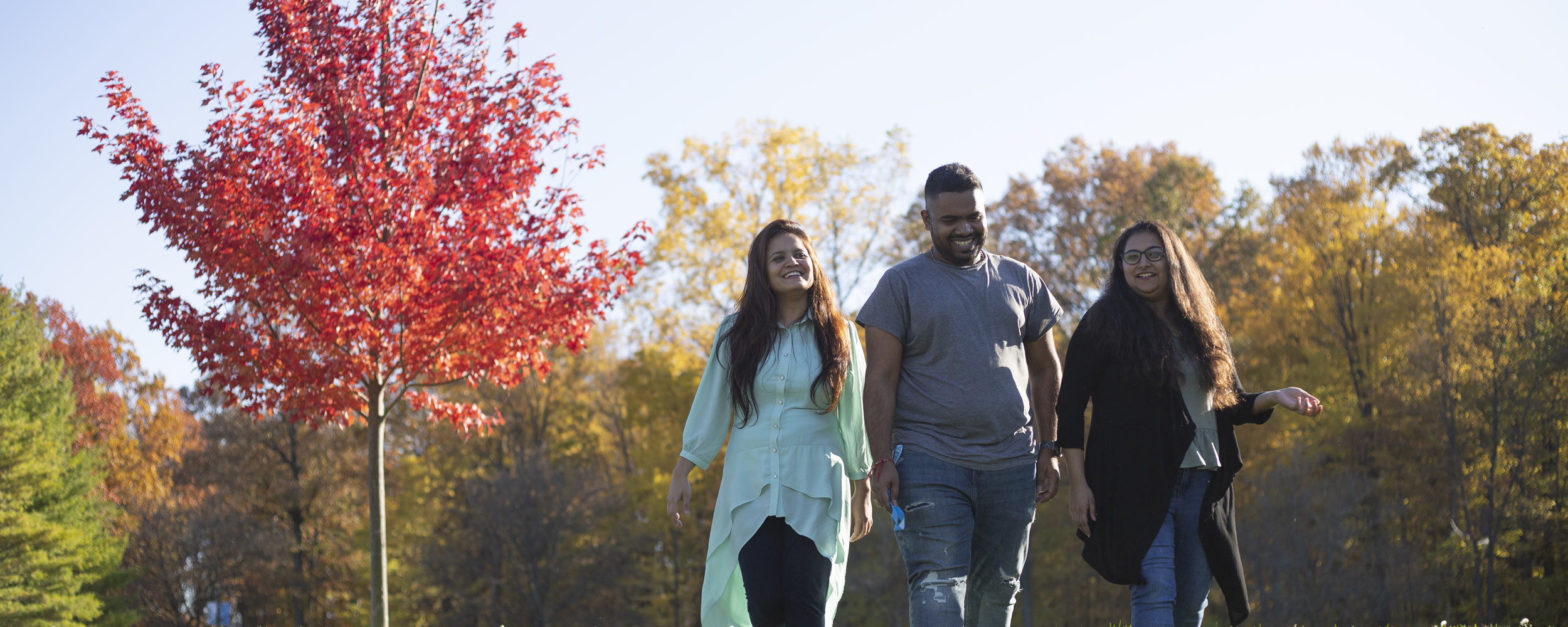Lambton College and Aamjiwnaang First Nation collaborate to enhance biodiversity and preserve traditional knowledge
Lambton College and Aamjiwnaang First Nation collaborate to enhance biodiversity and preserve traditional knowledge
SARNIA, January 30, 2024 - Lambton College has partnered with Aamjiwnaang First Nation on a new project that aims to address critical issues related to biodiversity decline and the preservation of traditional knowledge. The project is funded by the National Sciences & Engineering Research Council (NSERC), in collaboration with the Social Sciences & Humanities Research Council (SSHRC), and the Canadian Institute of Health Research (CIHR) - College & Community Social Innovation Fund (CCSIF).
Project Overview: Enhancement of Biodiversity & Preservation of Traditional Knowledge
Land, with its diverse species, holds immense cultural, environmental, and spiritual significance for Indigenous communities. Biodiversity is crucial for sustaining healthy ecosystems, encompassing not only aboveground elements but also the rich diversity of native seeds and plants integral to Indigenous practices.
Aamjiwnaang First Nation, situated on reserve land by the St. Clair River, faces a decline in biodiversity and invasive plant species due to developmental impacts. In response, they have partnered with Lambton College’s Bioindustrial Process Research Centre (BPRC) to undertake a project focused on revitalizing the biodiversity of their land.
Community-Centric Approach
The research team, in close consultation with Aamjiwnaang's elders, general community members, and the First Nation Council, will identify native plants significant to the community. They will explore differences in species between the soil seed bank and aboveground vegetation, ensuring a comprehensive understanding of the land's unique characteristics. The project will also focus on potential rehabilitation sites within the community.
Project Goals
- Gain insights into the unknown soil seed bank characteristics across various plant community types and land uses.
- Guide plant species selection and site management strategies for sustainable land restoration.
- Establish a collection of target plant seeds adapted to the local environment for use in site rehabilitation.
Expected Outcomes
The project will provide Aamjiwnaang First Nation the ability to increase biodiversity, create pollinator or food/medicine gardens, and explore economic opportunities through the potential establishment of an Indigenous Plant Nursery. Importantly, it will support the preservation of culture and knowledge, disseminating information among community members, including the youth.
"This project represents a vital step towards reclaiming and revitalizing our land. It's an opportunity to ensure our cultural practices endure and benefit future generations," said Chris Plain, Chief, Aamjiwnaang First Nation.
Project's Wider Impact
The results of this collaboration will serve as a valuable blueprint for other First Nation communities in Ontario facing similar biodiversity challenges. This initiative aligns with Canada's commitment to a renewed nation-to-nation relationship with Indigenous Peoples, grounded in the recognition of rights, respect, co-operation, and partnership.
For more information regarding this, or other bio-related applied research projects, please contact Rob Nicol, Manager, Bioindustrial Process Research Centre at rob.nicol@lambtoncollege.ca.
